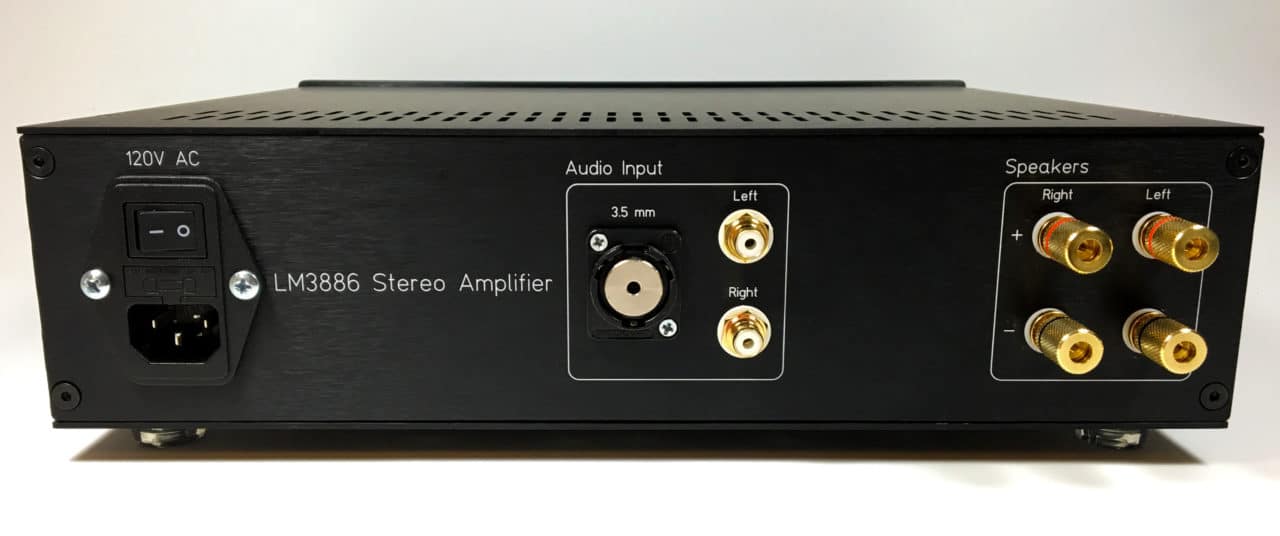I'm not convinced it is a non issue.Sure, but it says the same as Audiophonics' minor specs showed;
View attachment 203023
So I can understand why the matter was raised by @boXem | audio as to whether this amp could drive a 2 ohm load. I think along the way there was some confusion between driving a 2 ohm load and dips into the 2 - 3 ohm region, which is all now moot anyway as per further testing results. I think we can lay this non-issue to rest.
JSmith
Amir has tested one device with a specific load, and with that load (with a specific frequency/impedance response) it can do better than the specifications state. How confident are we that all devices with all loads will work? Why would the manufacturer state a limit on impedance, if they were confident it can do better in all circumstances?
So if I were to buy one of these to run bridged with my 6 ohm (nominal) speakers, and the amp didn't work with them, what would Topping say if I requested a refund? They'd be well within their rights to point to this spec and say "get different speakers". What would they say if the amp went into oscillation and failed? (this is probably a high feedback amp) They might legitimately say "you misused it".
The fact that specification exists is a huge problem, regardless of Amir's tests.
Last edited:



